20 Times Kindness Won the Argument Without Saying a Word

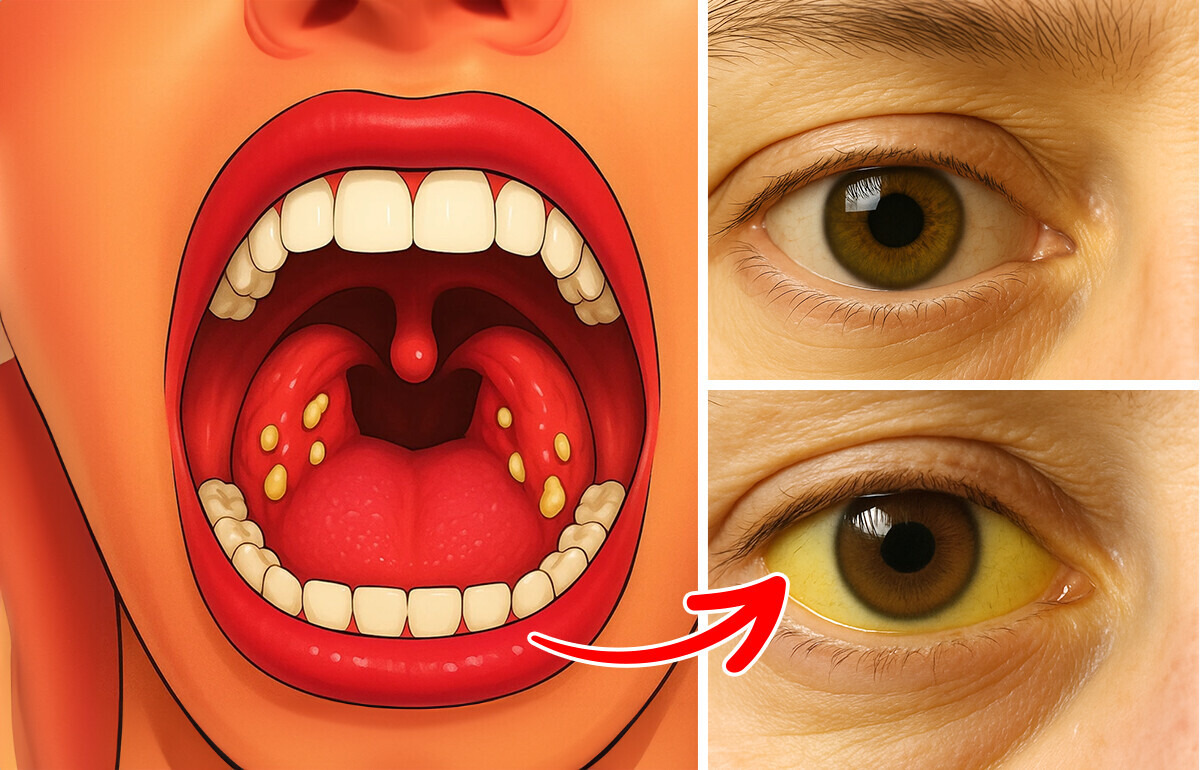
Celiac disease is a serious autoimmune condition that affects how the body processes gluten, a protein found in wheat, barley, and rye. While it’s often associated with obvious digestive issues, the symptoms can be much more subtle—especially in men. This can make diagnosis difficult and delay important treatment. Recognizing the silent signs of celiac disease is key to protecting long-term health and avoiding complications down the line.
Disclaimer: Content is provided for informational purposes only and is not intended as a substitute of medical advice. Seek guidance of your doctor regarding your health and medical conditions.
In men, certain health issues tend to appear more frequently when celiac disease (CD) is present. Research indicates that men with CD may be slightly more prone to weight loss than women with the condition, although the difference isn’t considered major.
This weight loss often results from malabsorption—a reduced ability to absorb nutrients properly—caused by chronic diarrhea and potential liver dysfunction, both of which can interfere with digestion. Some earlier studies have also found that men may experience malabsorption more often than women with CD.
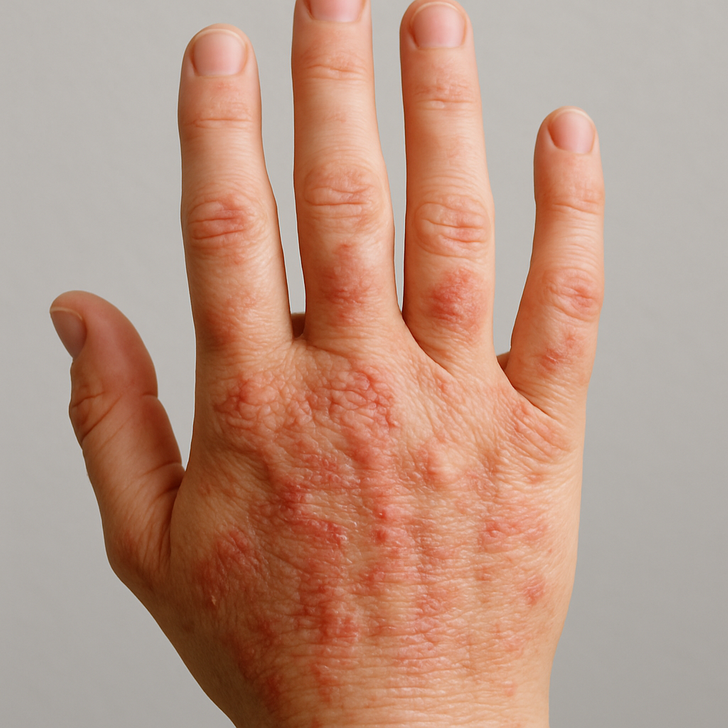
Dermatitis herpetiformis is a very itchy, blistering rash linked to celiac disease. It often appears on the elbows, knees, buttocks, or back. Research shows that men are up to twice as likely to develop this rash compared to women—and they’re also more likely to have it on the genitals or inside the mouth.
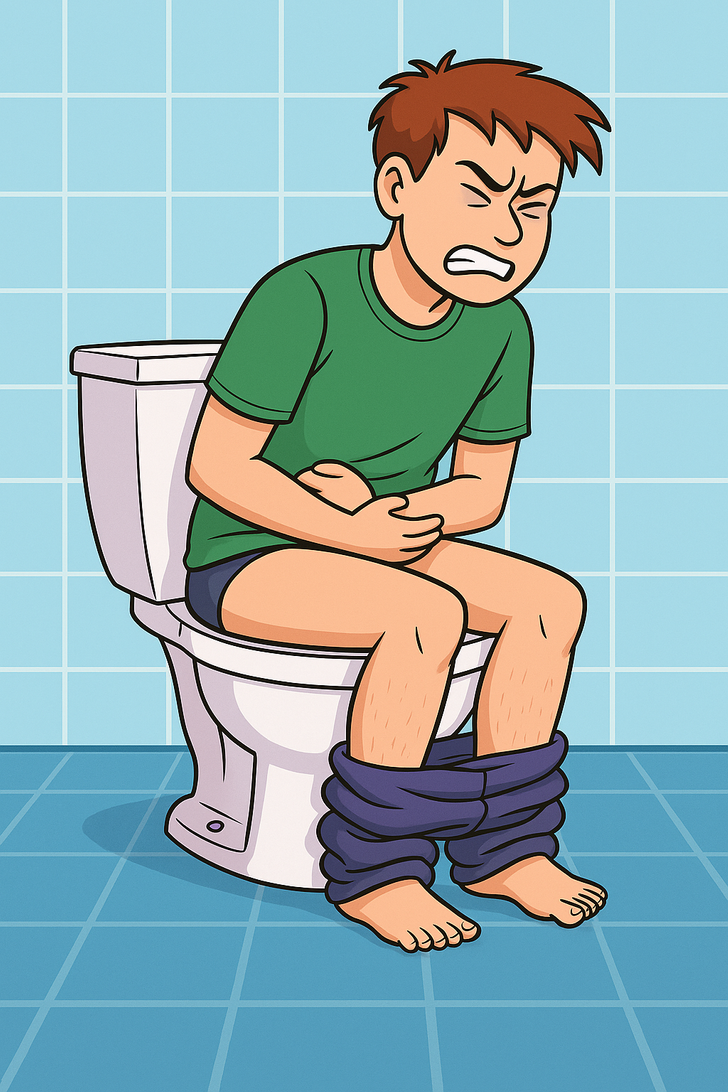
There’s no cure for celiac disease, but most people can manage it by strictly avoiding gluten. This allows the intestines to heal and symptoms to improve. In adults, digestive issues like diarrhea are very common.
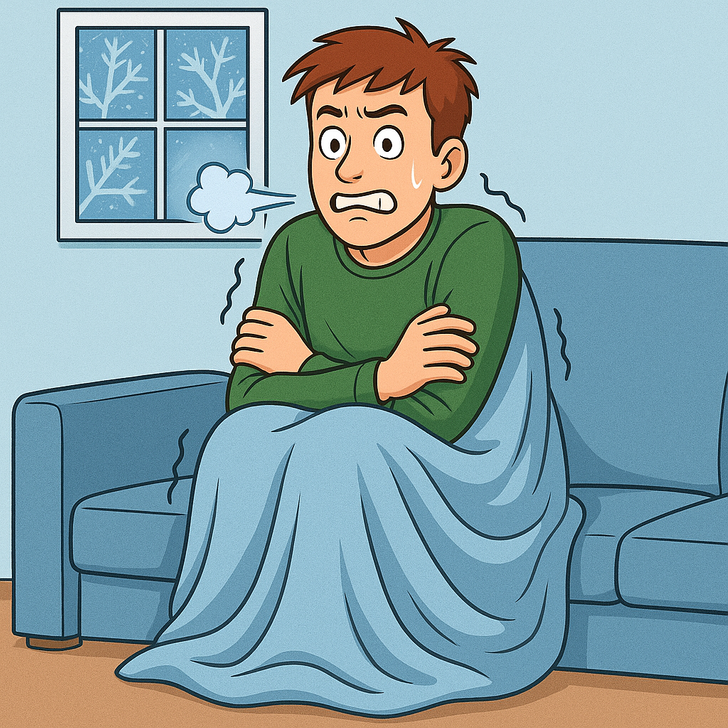
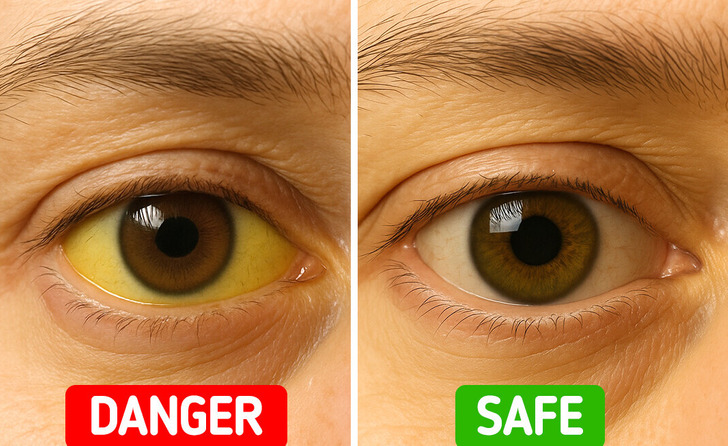
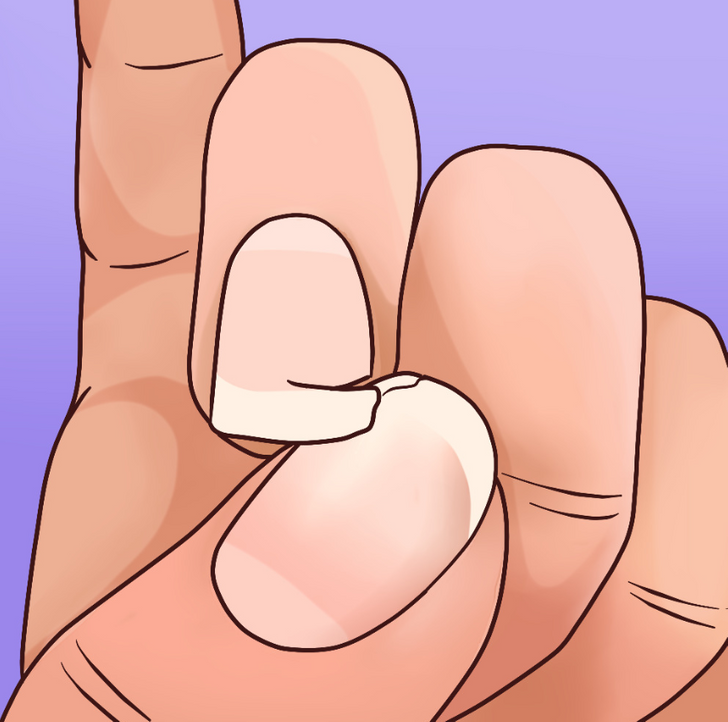
If you struggle with digestive issues related to gluten sensitivity, your fingernails might reveal important clues about your overall health. While nail changes can result from aging, frequent nail picking, or repeated water exposure, they can also signal underlying health problems when paired with other symptoms. Ridges, spots, or discoloration in the nails may point to gluten-related issues and shouldn’t be overlooked.
Celiac disease can cause inflammation that affects the liver. Often, this liver damage is only detected through routine liver function tests and confirmed with a biopsy. While many cases are symptomless, some may experience nausea or vomiting when the liver is involved.
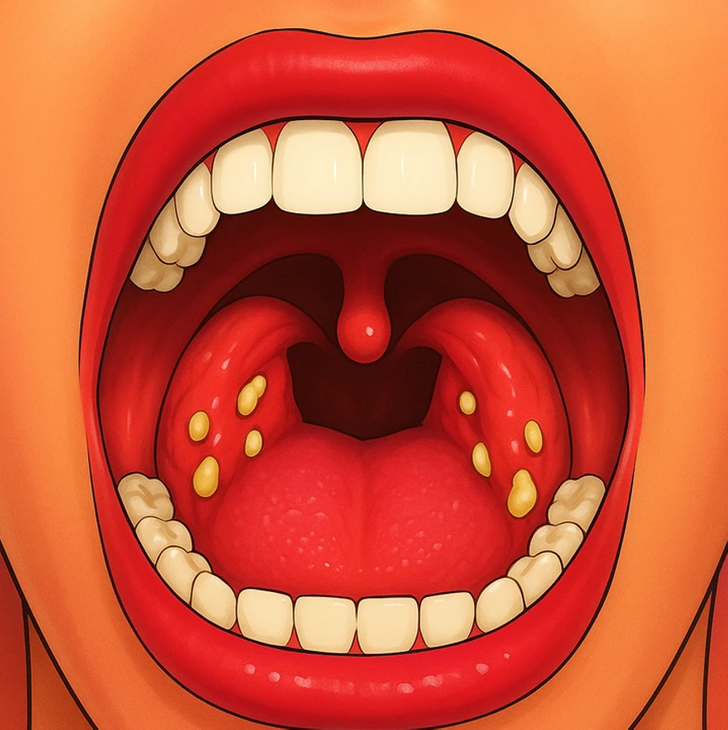
When you think of gluten sensitivity, digestive issues like acid reflux, bloating, or diarrhea might come to mind, along with other symptoms such as skin problems or migraines. However, signs of gluten sensitivity can also appear in the mouth.
In fact, adults with celiac disease tend to experience more oral health problems than those without the condition. Gluten exposure can lead to various dental and oral issues, each of which may also contribute to broader health concerns.
Celiac disease can be tough to diagnose, often taking years and multiple doctor visits. This challenge is even greater for men, who tend to seek medical care 30% less often than women. That’s why it’s crucial to recognize the signs—especially if common treatments for issues like chronic diarrhea, rash, or nausea and vomiting aren’t working.











